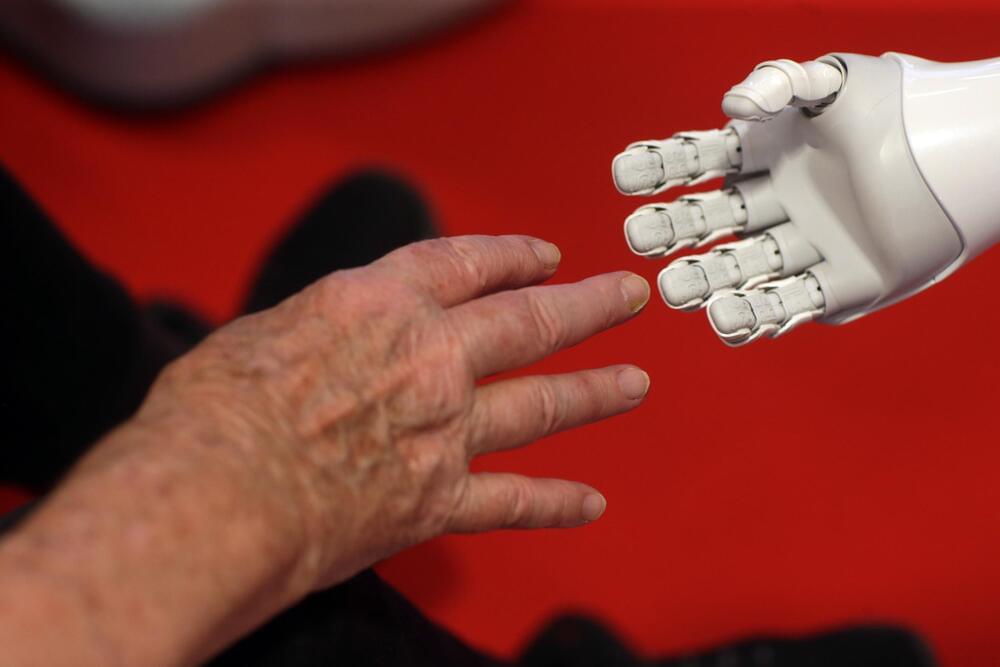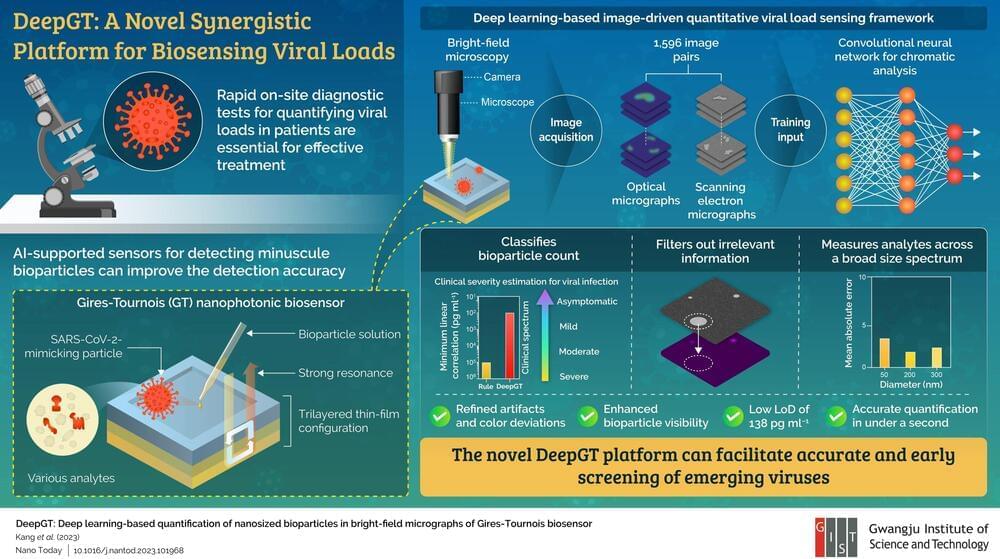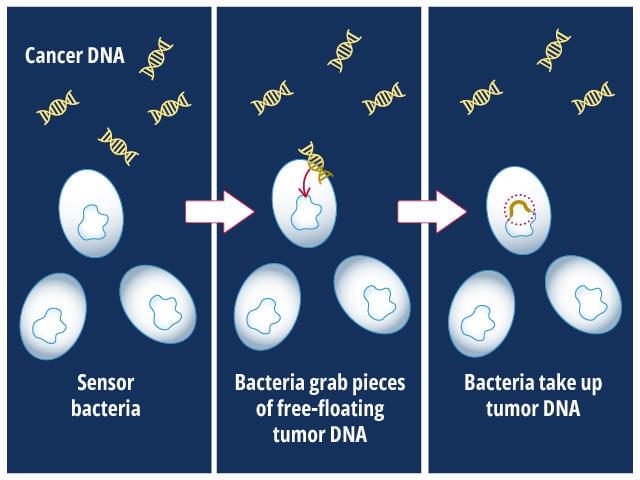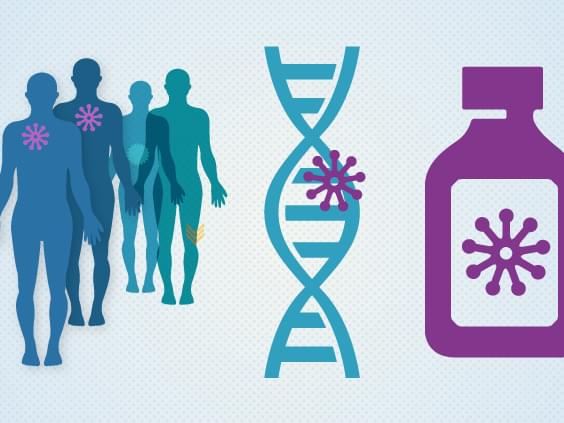Researchers from University of California San Diego School of Medicine have used single-cell RNA sequencing (scRNA-seq) to identify a pattern of gene expression that can be used to predict whether or not neurons will regenerate after an injury. Tests in mice showed that this “Regeneration Classifier” was consistently reliable in predicting the regeneration potential of neurons across the nervous system and at different developmental stages. Conditional gene deletion then validated a role for NFE2L2 (or NRF2), a master regulator of antioxidant response, in corticospinal tract regeneration.
“Single-cell sequencing technology is helping us look at the biology of neurons in much more detail than has ever been possible, and this study really demonstrates that capability,” said senior author Binhai Zheng, PhD, professor in the Department of Neurosciences at UC San Diego School of Medicine. “What we’ve discovered here could be just the beginning of a new generation of sophisticated biomarkers based on single-cell data.” Zheng and colleagues reported on their findings in Neuron, in a paper titled “Deep scRNA sequencing reveals a broadly applicable Regeneration Classifier and implicates antioxidant response in corticospinal axon regeneration.” In their paper the team concluded, “Our data demonstrate a universal transcriptomic signature underlying the regenerative potential of vastly different neuronalpopulations and illustrate that deep sequencing of only hundreds of phenotypically identified neurons has the power to advance regenerative biology.”
Neurons are among the slowest cells to regenerate after an injury. While scientists have made progress in understanding neuronal regeneration, it remains unknown why some neurons regenerate and others do not.








